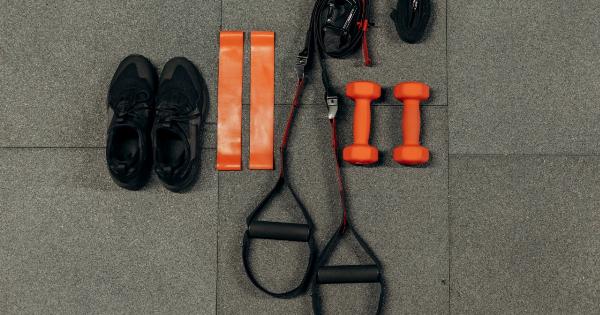Walking is a simple and effective exercise that can be used to rehabilitate various conditions, including knee pain and injuries.
While rehabilitation can be a slow and challenging process, walking can help improve strength, flexibility, and range of motion in the knee joint. This article explores the benefits of walking for knee rehabilitation and offers tips and advice on how to get started.
Benefits of Walking for Knee Rehabilitation
Walking is a low-impact activity that can be performed by people of all ages and fitness levels.
Research has shown that walking can help reduce knee pain and improve knee function in individuals with various knee conditions, such as knee osteoarthritis, knee ligament injuries, and knee surgery recovery. Here are some of the benefits of walking for knee rehabilitation:.
- Reduces stiffness and swelling in the knee joint
- Improves circulation and reduces inflammation
- Strengthens the muscles that support the knee joint, including the quadriceps, hamstrings, and calves
- Increases range of motion and flexibility in the knee joint
- Helps maintain a healthy body weight, which reduces stress on the knee joint
- Boosts mood and mental health by releasing endorphins and reducing stress
Getting Started with Walking for Knee Rehabilitation
Before starting any exercise program, it is important to consult with your healthcare provider or physical therapist to ensure that walking is safe and appropriate for your knee condition.
Once you have medical clearance to begin walking, follow these tips:.
- Start slowly and gradually increase your walking time and distance over several weeks or months.
- Warm up before walking by doing some gentle stretches and movements to prepare your muscles and joints.
- Wear supportive and comfortable shoes that fit well and provide good shock absorption.
- Choose a flat, even surface to walk on to minimize impact on your knee joint.
- Use walking aids, such as a cane or walker, if needed to support your knee and improve balance.
- Take breaks and rest if you feel pain or discomfort in your knee during or after walking.
Walking Techniques for Knee Rehabilitation
When walking for knee rehabilitation, it is important to use proper form and technique to avoid further injury or strain on your knee joint. Here are some techniques to follow:.
- Stand tall with your shoulders relaxed, chest lifted, and arms swinging naturally at your sides.
- Put your heel down first when stepping, then roll your foot forward and push off with your toes.
- Keep your knee straight when stepping and avoid bending or twisting your knee excessively.
- Take small, quick steps to reduce impact and stress on your knee joint.
- Breathe deeply and rhythmically to help relax your body and reduce stress on your knee joint.
Challenges and Limitations of Walking for Knee Rehabilitation
While walking is a safe and effective exercise for knee rehabilitation, there may be some challenges and limitations to consider:.
- Walking may not be appropriate for individuals with severe knee pain, instability, or advanced knee degeneration.
- Walking may cause fatigue and muscle soreness, which may require rest and recovery time.
- Walking is a weight-bearing activity, which may put stress on the knee joint and other weight-bearing joints, such as the hips and ankles.
- Walking outdoors may be limited by weather conditions, terrain, and accessibility.
- Walking indoors, such as on a treadmill, may not provide the same benefits as walking outdoors, such as exposure to natural sunlight and fresh air.
Conclusion
Walking is a simple, safe, and effective exercise that can be used to rehabilitate various knee conditions and injuries.
By following proper form and technique, and working with your healthcare provider or physical therapist, you can gradually improve your knee strength, flexibility, and range of motion through walking. Remember to start slowly, listen to your body, and take breaks and rest as needed to ensure a successful and sustainable walking program.





























